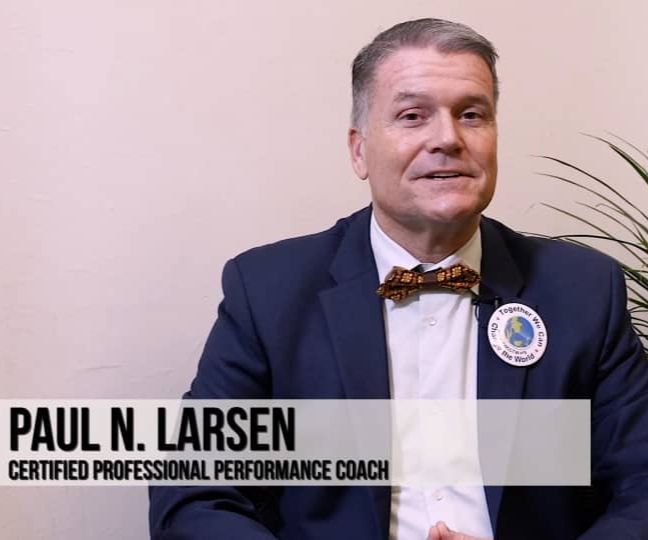Understanding the EU Whistleblower Directive

The EU Whistleblower Directive is poised to create numerous important changes for the 27 member states across the EU. The directive involves businesses with 50 employees or more, so if you fall into that category, it’s important you understand what this directive means.
The EU Whistleblower Directive states that anyone who could potentially serve as a whistleblower should have proper and confidential channels to report any misdoings without fear of repercussion or consequence. There must be three channels for reporting purposes, including internal channels, external channels, and public reporting channels. These channels can be either written or oral in nature, meaning you have the choice of online platforms, emails, letters, telephone messaging, a voicemail system, or in-person reporting.
While many countries are starting to codify the EU Whistleblower directive into national law, businesses are working to create proper reporting systems and channels. While this may initially create work for businesses, the outcome is expected to be a positive one with improved employee satisfaction, company culture, and protections, and decreased legal fees for organisations.
Companies are expected to communicate all changes within the reporting systems to their employees so each member of staff is up to date on available channels and reporting methods by the end of December 2021.
Refer to the infographics below for more information on this new compliance expectations:

Quick Infographic on understanding this new EU directive
You can read more about how great leaders translate compliance into commitment here
You can also learn more about compliance and commitment using the necole app. Watch this great video below on NECOLE
Functional
Tags: Legal





